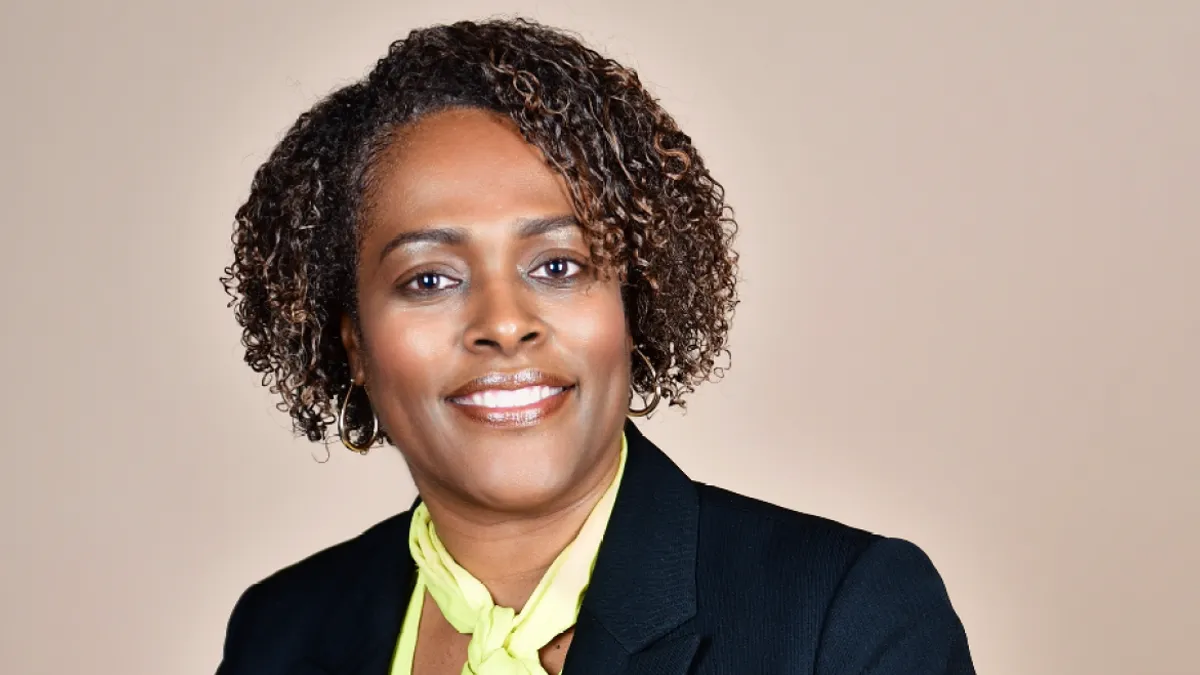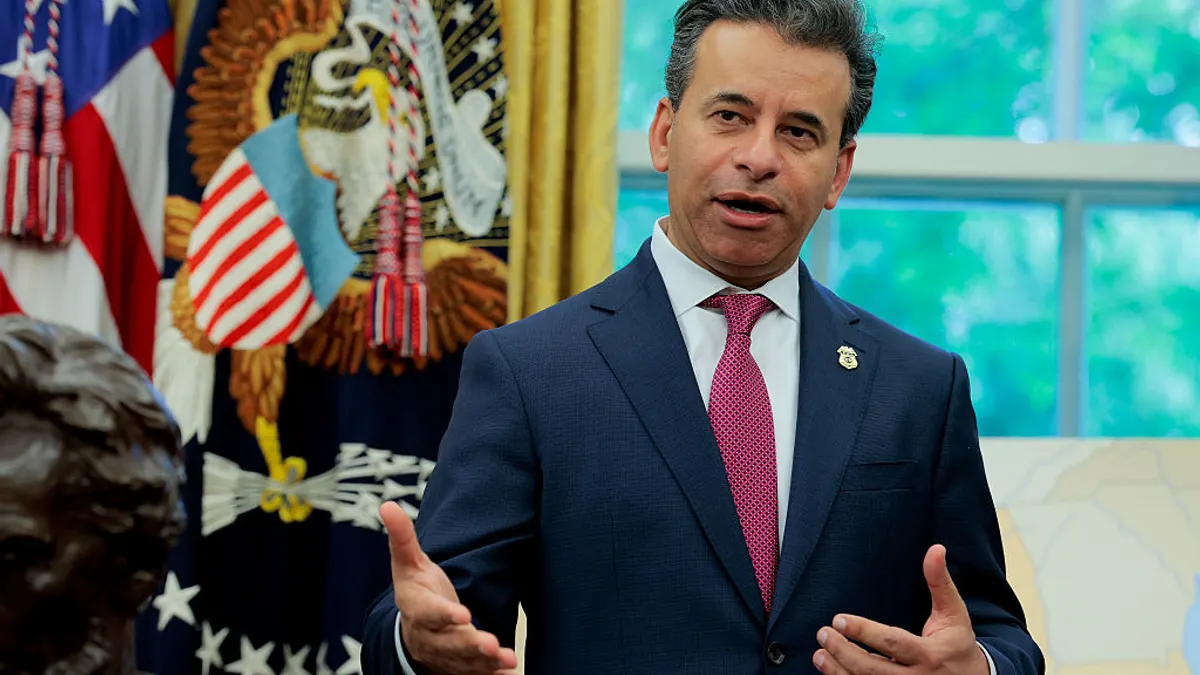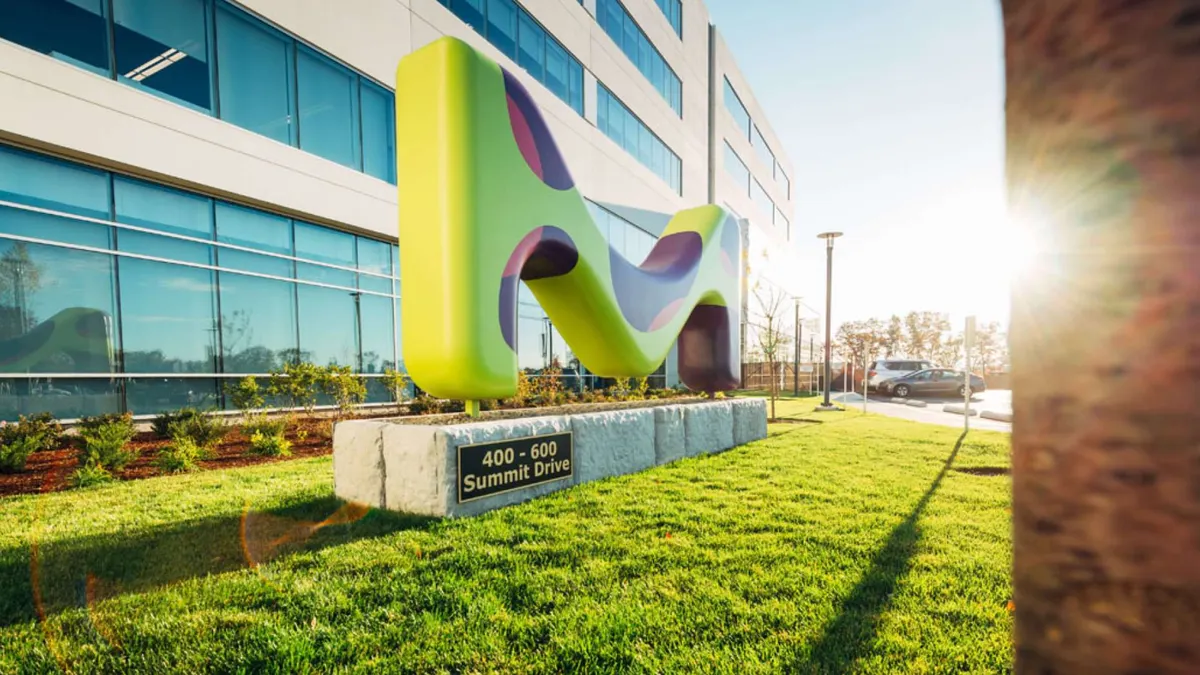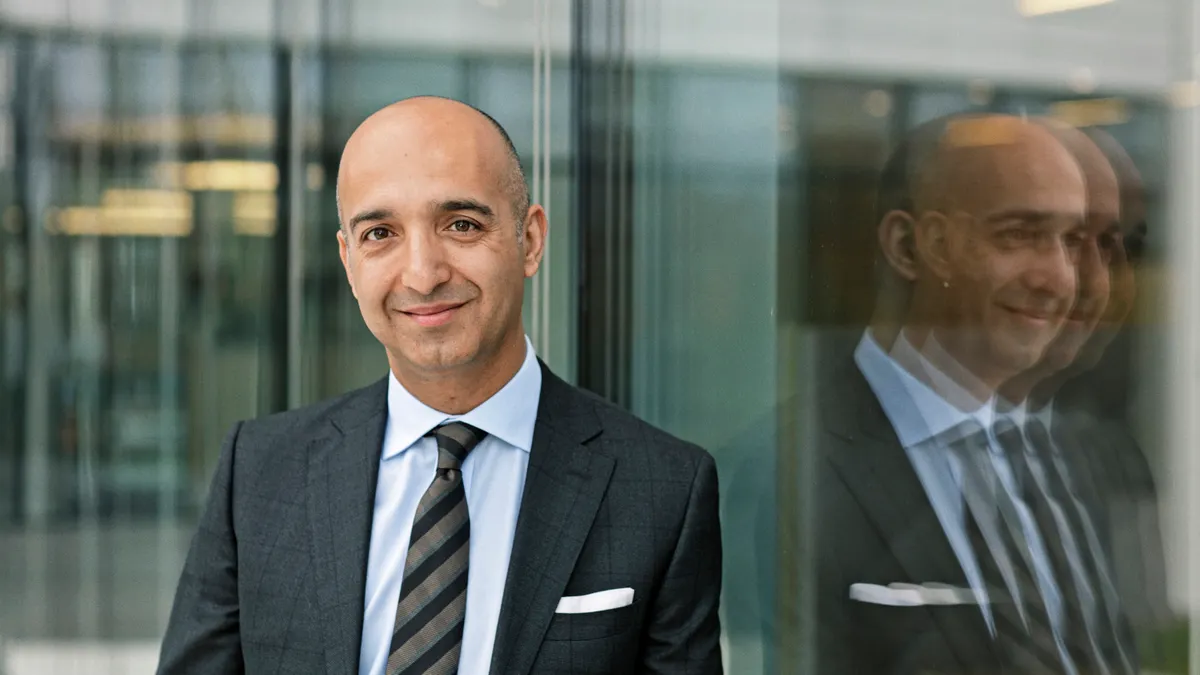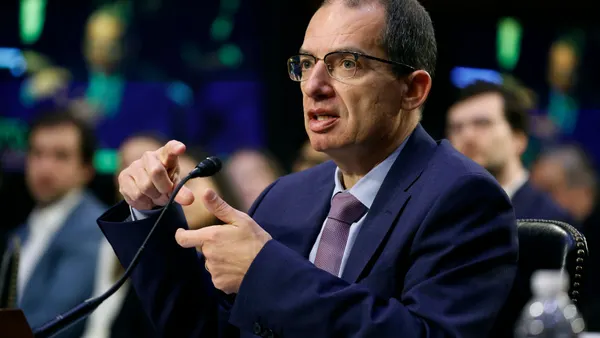If you ask Joseph Alvarnas what the key to great cancer care is, he'll cite the late actor Robin Williams from an interview he once gave — acting isn't about the script or the blocking or the emoting. It's about listening, and oncology works much the same way, Alvarnas says.
"It begins with an enforced sense of humility, that no matter how far you think you've gotten, you haven't gotten as far as you'd like," Alvarnas, who is vice president of government affairs at California's City of Hope cancer institute, says. "You don't know that until you've listened very carefully.
While cancer treatments have come a long way in recent years, patients only benefit from the therapies that they have access to. And ensuring patients have access to the latest medicines should be part of the equation, Alvarnas says.
"Innovation isn't just about science," Alvarnas says. "If you want innovation to be impactful, then it has to be delivered in human and humanized ways — and I think sometimes when you're sitting in a laboratory, or in a singular place in the development process, or even in the care delivery process, you don't get a full sense of the needs of the people who will potentially benefit from those creations."
Pharmaceutical companies and care providers are striving to bring better clinical trial and diagnostics options to a diverse roster of patients, and as a result, incorporate them into healthcare ecosystem as a whole.
Pattern of distrust
No. 1 among barriers for a diverse patient population is trust and, more specifically, distrust, says Adrelia Allen, director of clinical trial patient diversity at Merck & Co. Her father, who was diagnosed with prostate cancer, brought that lesson home.
"Even though I'm a pharmacist, none of that really mattered to my father," Allen says. "You make a recommendation [like], ‘Daddy, you should consider the opportunities and medical advances that are available to you from your medical team,’ but he didn't trust his medical team."
Allen's father looked at the Tuskegee experiments — a 40-year syphilis study in which Black men were unknowingly left untreated — as a vivid reason to distrust medical professionals. It took a lot for even Allen, as his daughter and a medical professional, to talk him into walking into the MRI room.
"We have to do a better job of ensuring we're being trustworthy," Allen says. "We're beginning to break down these walls of communication where patients can understand — that distrust is still there and we have to do a better job to build trust and better serve underserved communities."
One approach to reaching that goal is being in the communities and working with trusted voices. The COVID-19 pandemic showed that disparities within communities lacking basic needs require medical professionals to be present and provide support, Allen says.
That support often isn't available for clinical trials in particular. So, the push to create access is focused on bringing trial options into more communities.
“If you want innovation to be impactful, then it has to be delivered in human and humanized ways.”

Joseph Alvarnas
Vice president of government affairs at California’s City of Hope cancer institute
"Oftentimes, our clinical trials are designed and are at large academic institutions, where it's a challenge and a burden for those patients that are in the rural community or just don't live in the city to drive in and participate," Allen says. "We have to do a better job of using decentralized clinical trial methods and telehealth recourses where we're not adding on to the burden for the patient but bringing clinical trials to patients in their communities."
Allen is responsible for finding a team to develop and implement a diversity strategy that, in the end, is seamless with how clinical trials are run.
"Once we have this team in place, then we hope to embed clinical trial diversity into how we execute and operate our clinical trials," Allen says. "It will be baked into the cake and not just a standalone ingredient."
No quick fixes
Medicaid and Medicare patients often have inferior cancer outcomes to patients with other insurance types, Alvarnas says — sometimes even worse than patients with no insurance. Now, a bill in the California state senate called the Cancer Care Equity Act is seeking to address an aspect of that challenge by providing certain cancer diagnostic and lab tests under public insurance.
These efforts could, in turn, help drive access to leading-edge cancer innovations that aren't always reaching the intended patient population, Alvarnas says.
"What we've seen over the years is that the availability of precision medicine solutions that can be delivered only by having adequate genomic testing and a clinical expert who understands how to interpret that complex data … is almost impossible to marshal the right resources with the speed that patients need," Alvarnas says.
While the bill would help those patients in most financial need, Alvarnas says it still doesn't quite go far enough. In the future, he sees a wider-reaching solution.
"The California Cancer Care Equity Act begins what I hope is a transformation of cancer care delivery by focusing on the most vulnerable and most often disenfranchised group of patients who don't easily get access to the kinds of care that we would want patients to receive," Alvarnas says.



